When we mention Candida, we usually refer to Candida albicans, one of the 20 identified species of Candida found in humans. This type of fungus is a natural resident of the skin and mucous membranes, playing an important role in preventing pathogenic microorganisms from attaching. It is harmless as long as it remains under the control of our immune system (and the bacteria that are part of our microbiota).
What is Candidiasis?
In certain situations, this fungus is the cause of a fungal infection called candidiasis. Various factors can promote the growth of this fungus and lead to infection, including genetic, immunological, and endocrine factors. Candidiasis is a persistent, bothersome fungal infection that can be:
- Superficial (skin, nails, mucous membranes)
- Deep (affecting internal organs and/or the bloodstream)
Symptoms of Candida Infection
The most common changes occur on the skin, nails, oral cavity mucosa, vagina, and intestines. These changes are characterized by:
- Itching
- Redness
- Covered with white deposits
Candidiasis is usually persistent, recurring even with treatment, and requires long-term management.
How is Candidiasis Contracted?
 Candida infections (candidiasis) can be transmitted in several ways. The most common method is direct contact with infected individuals. For example, oral candidiasis can be spread through kissing or sharing eating utensils. Candida can also be transmitted sexually, potentially leading to vaginal candidiasis in women and balanitis in men. In addition to direct contact, Candida can be spread indirectly. For instance, it can be found on objects such as towels, toothbrushes, or coffee cups. If someone with Candida uses these items, there is a risk of transmission. Additionally, candidiasis is often found in people with weakened immune systems, those undergoing chemotherapy or immunosuppressive treatments, as well as in hospital settings. Certain medications, like antibiotics, can reduce the number of beneficial bacteria, allowing Candida to grow. A poor diet, rich in sugars and processed foods, can also contribute to the growth of Candida. Since this fungus feeds on sugar, maintaining a balanced diet is crucial to preserving normal gut flora.
Candida infections (candidiasis) can be transmitted in several ways. The most common method is direct contact with infected individuals. For example, oral candidiasis can be spread through kissing or sharing eating utensils. Candida can also be transmitted sexually, potentially leading to vaginal candidiasis in women and balanitis in men. In addition to direct contact, Candida can be spread indirectly. For instance, it can be found on objects such as towels, toothbrushes, or coffee cups. If someone with Candida uses these items, there is a risk of transmission. Additionally, candidiasis is often found in people with weakened immune systems, those undergoing chemotherapy or immunosuppressive treatments, as well as in hospital settings. Certain medications, like antibiotics, can reduce the number of beneficial bacteria, allowing Candida to grow. A poor diet, rich in sugars and processed foods, can also contribute to the growth of Candida. Since this fungus feeds on sugar, maintaining a balanced diet is crucial to preserving normal gut flora.In any case, a lack of immune response and a disruption in the balance of bacteria in the body (such as a reduction in the number of “good” bacteria normally found in the intestines) are risk factors for candidiasis.
How to Defeat Candida?
Lifestyle and habit changes are key in this situation. Primarily, this refers to diet (reducing the intake of sugary and acidic foods) and avoiding unnecessary antibiotic use. If someone is prone to candidiasis but must take antibiotics, they are usually prescribed an antifungal medication at the same time. For persistent fungal infections, consult a doctor, perform a mycological examination of the relevant sample along with an antifungal susceptibility test, and the doctor will prescribe the appropriate treatment based on the results. For some types of candidiasis, patience, time, and discipline in following lifestyle changes are required.
Suspected Candida Infection – What to Do?
 When you suspect a Candida infection, consult your doctor or opt for testing. Various laboratory tests can be performed, including a mycological swab of the skin or mucous membranes, a blood test for Candida antibodies, or a stool mycological exam. It is always recommended to consult your doctor, who will determine the most suitable test for you based on your symptoms.
When you suspect a Candida infection, consult your doctor or opt for testing. Various laboratory tests can be performed, including a mycological swab of the skin or mucous membranes, a blood test for Candida antibodies, or a stool mycological exam. It is always recommended to consult your doctor, who will determine the most suitable test for you based on your symptoms.






 Neparno 10
Neparno 10